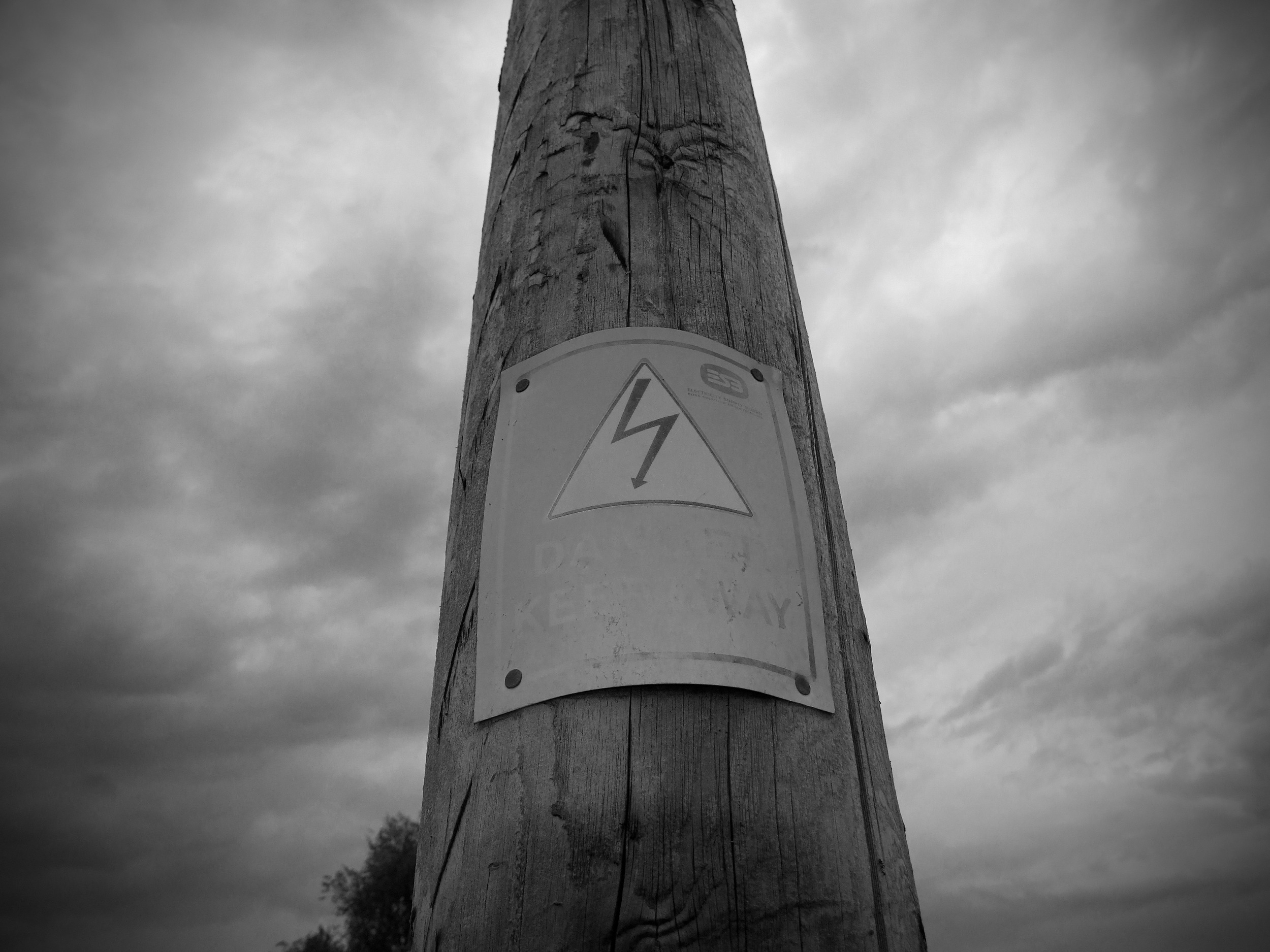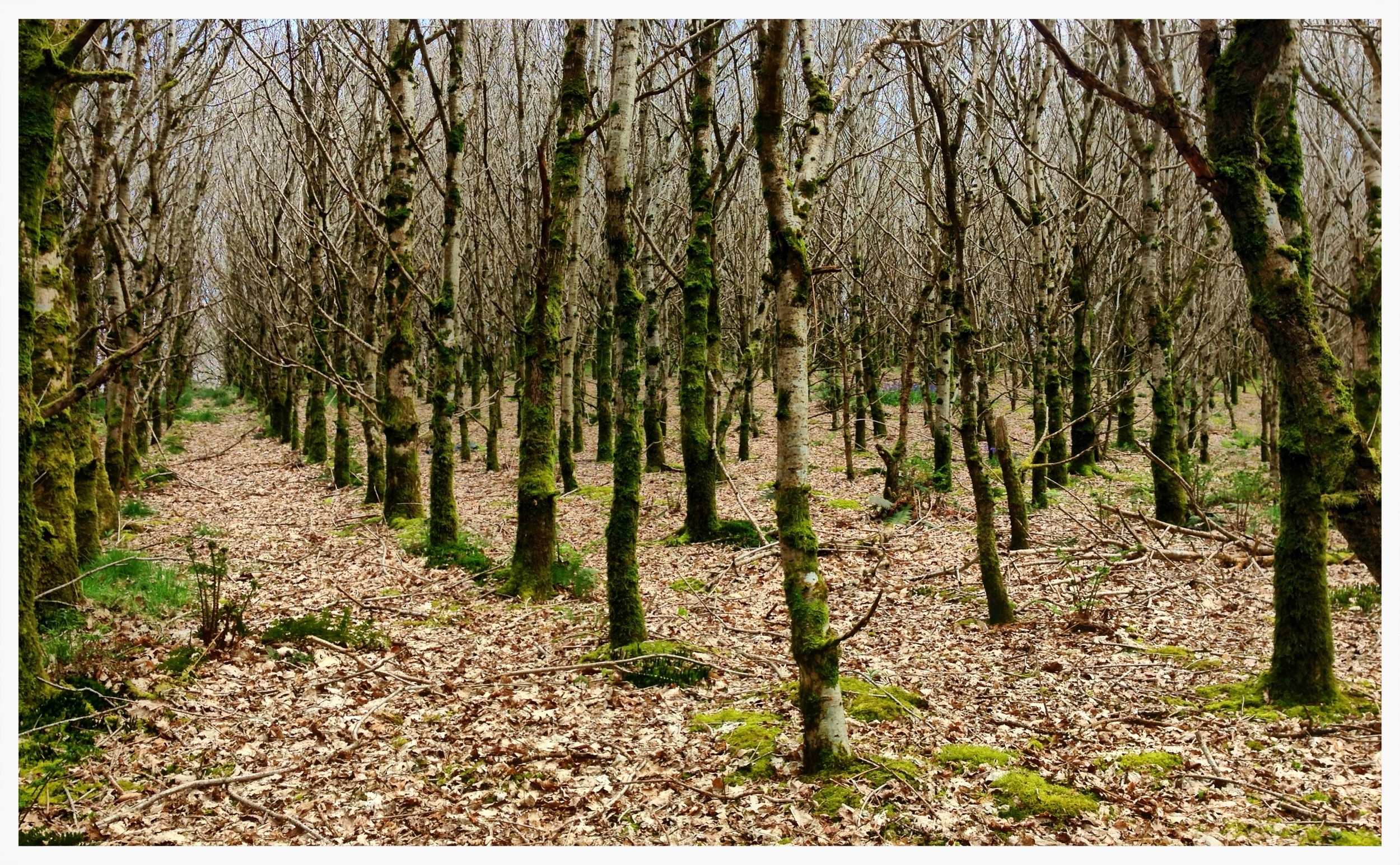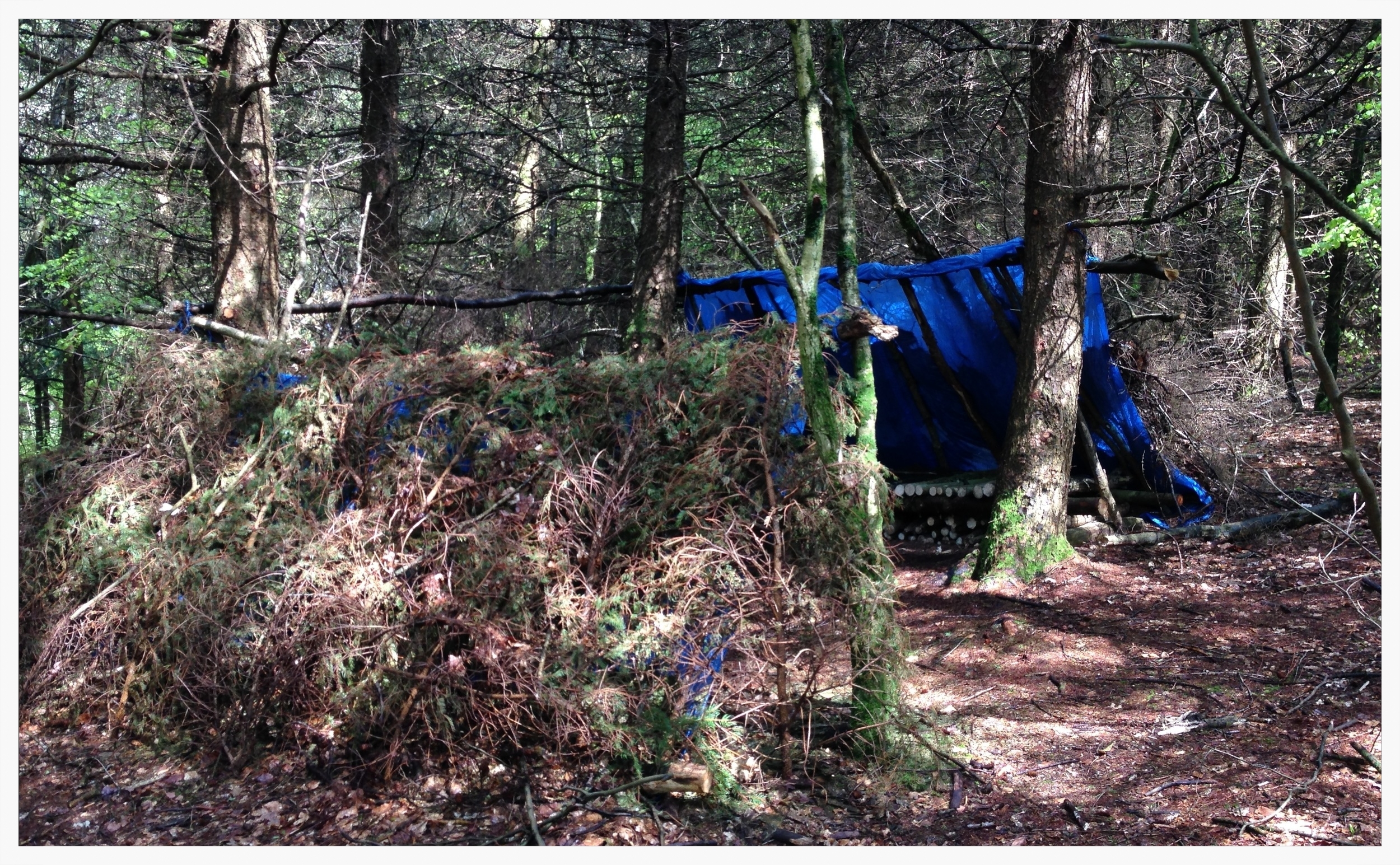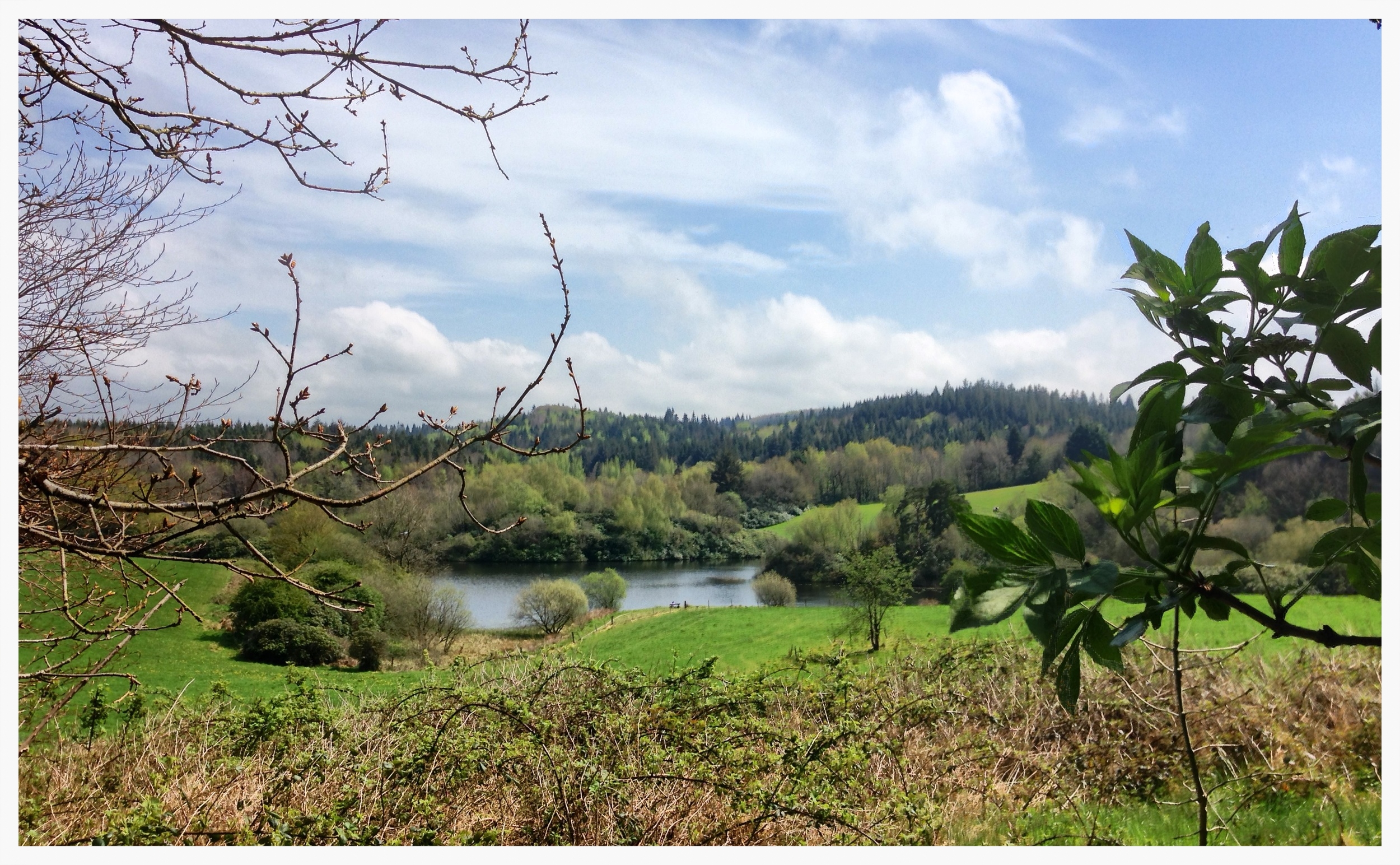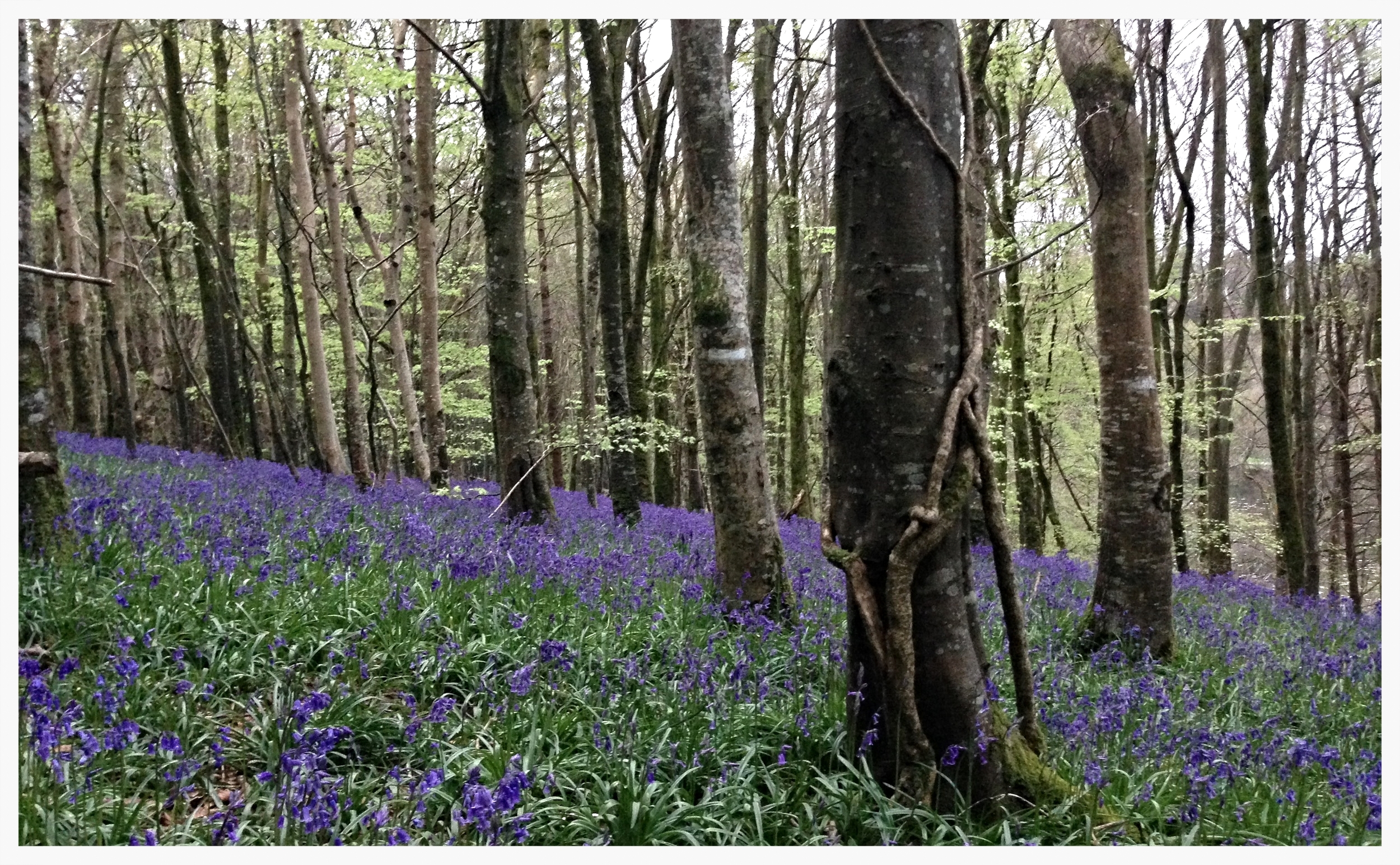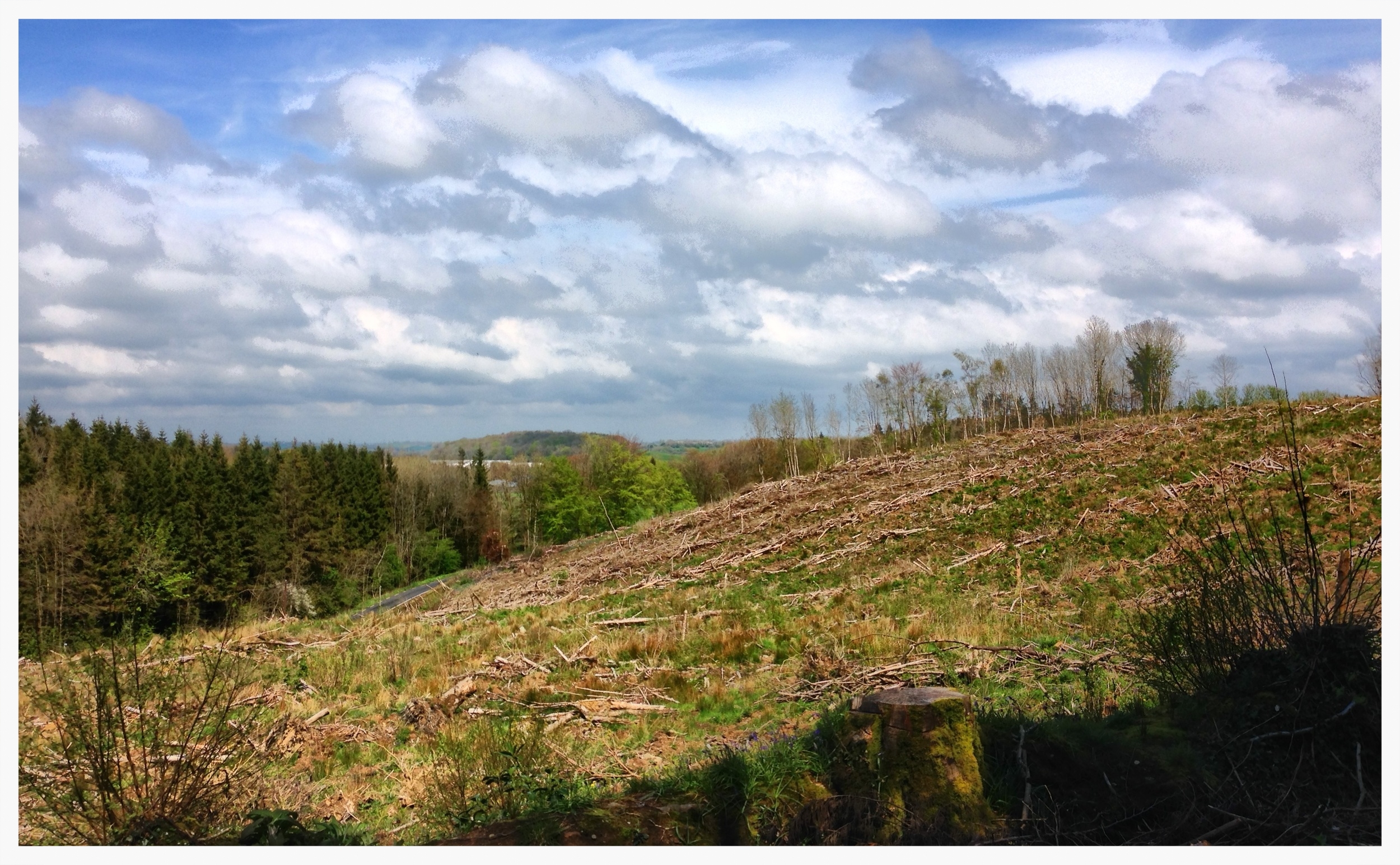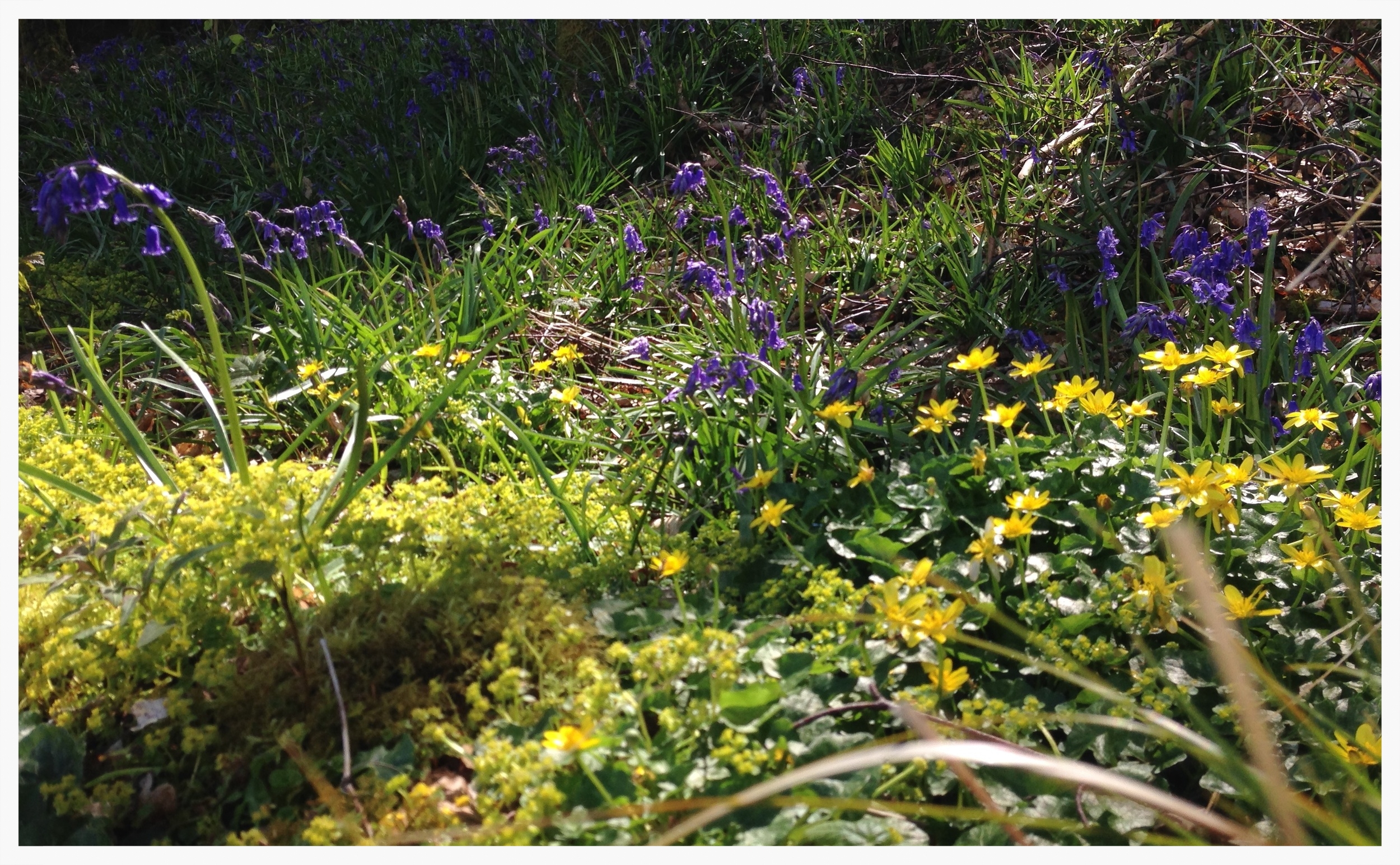Overall, it has totally delivered on the promise of high quality, portable recording.
On the positives, it has a very solid build quality, has a big readable screen with switchable back light, quick start up, easily navigable menus; it comes with it's own remote and windjammer, and quality built in mics.
The main negative I've encountered so far is handling noise. Like most hand held recorders, it's sensitive to any movement you might make while holding it while recording. I had hoped Sony might have found a way to reduce handling noise, but I suppose any efforts to decouple the microphones from the recorder body would result in a larger form factor.
A tripod or hand held mount, like those from Rycote, is advisable for any run and gun recording. But, if you're able to stay totally stationary, it is possible to record handheld without making noise.
It's noise specs are rated at 19dBA, which is a little higher than is usually recommended for quiet recording. The Rode NT4 for example is rated at about 16dBA, but requires more kit to get into the field with.




